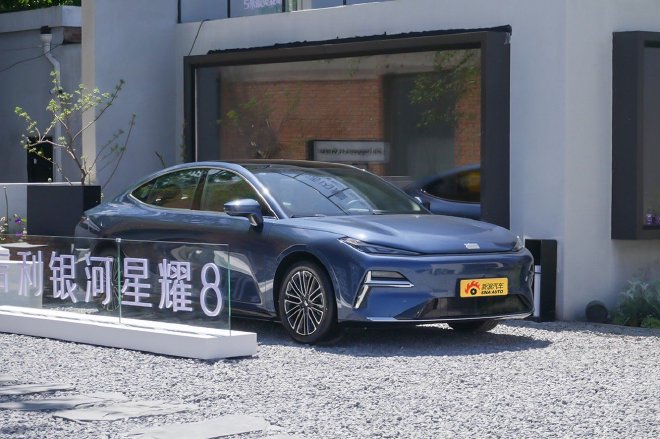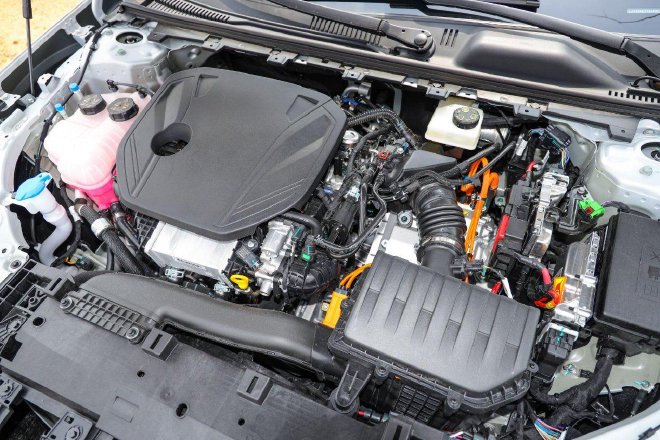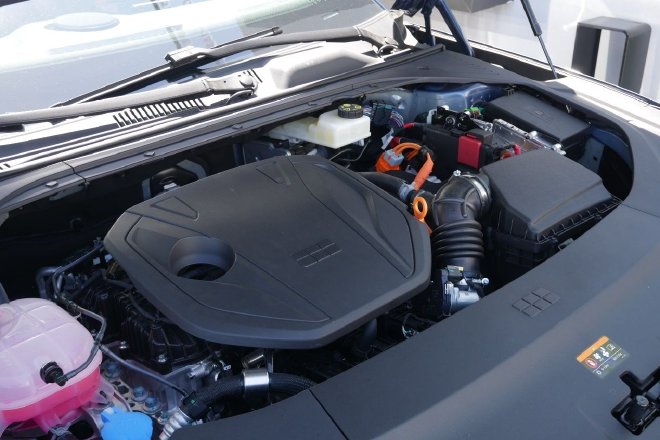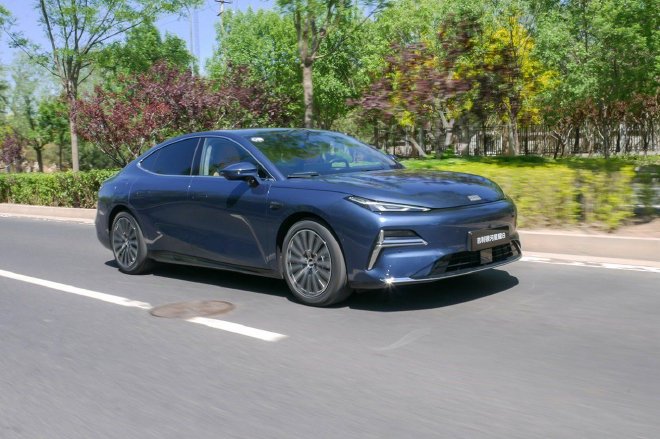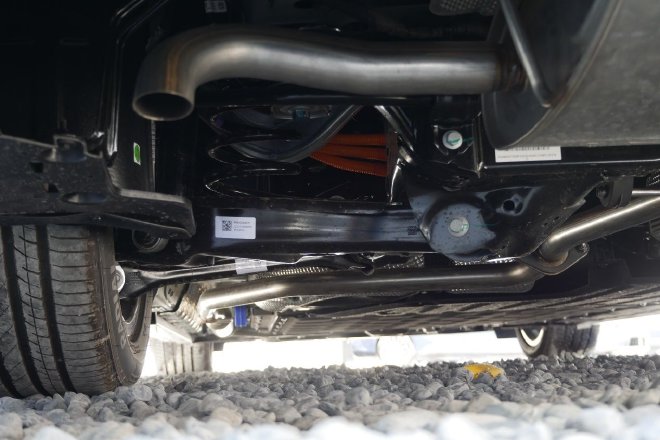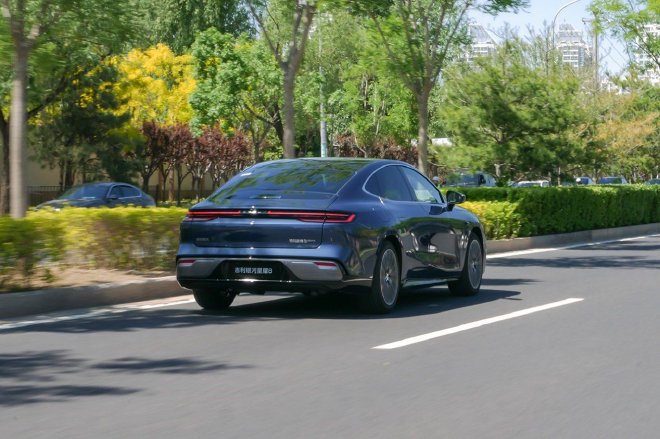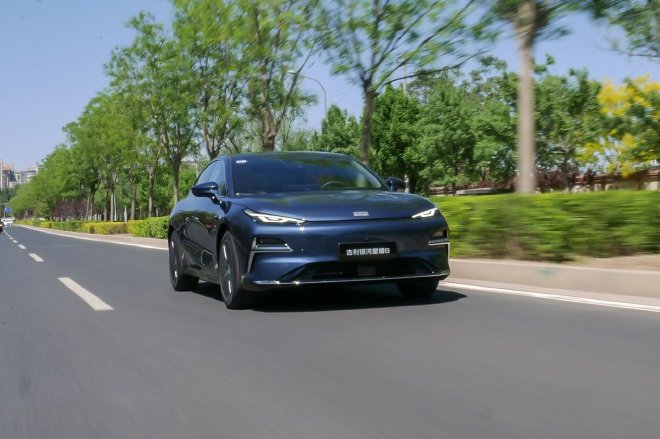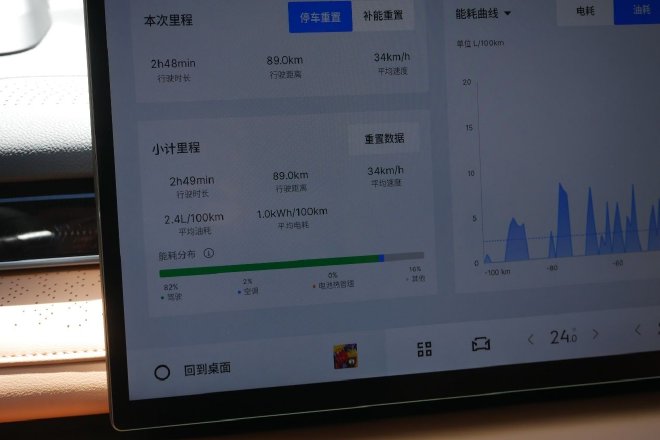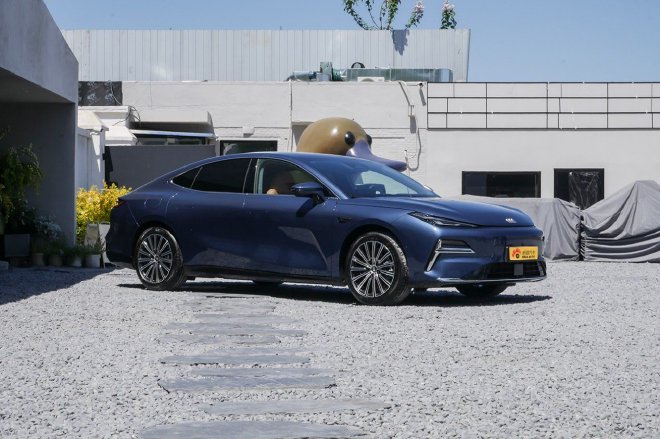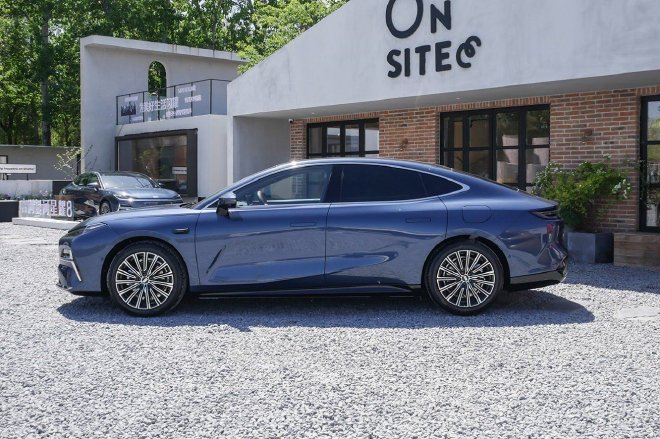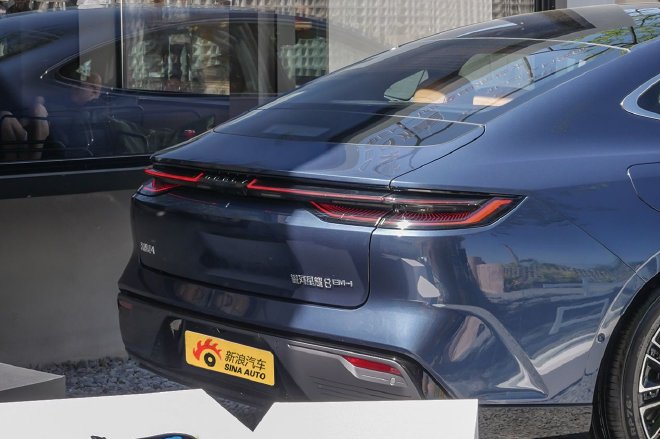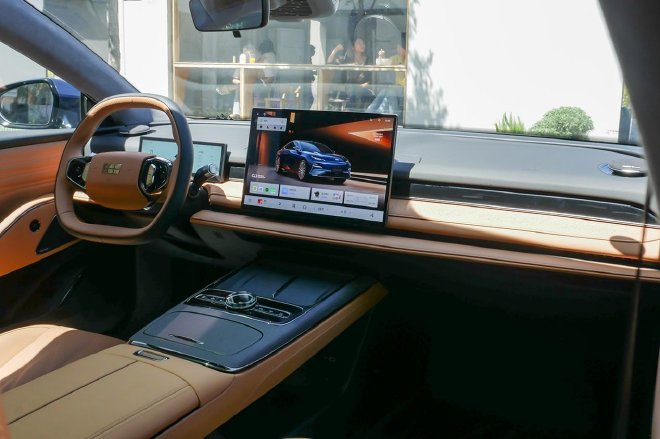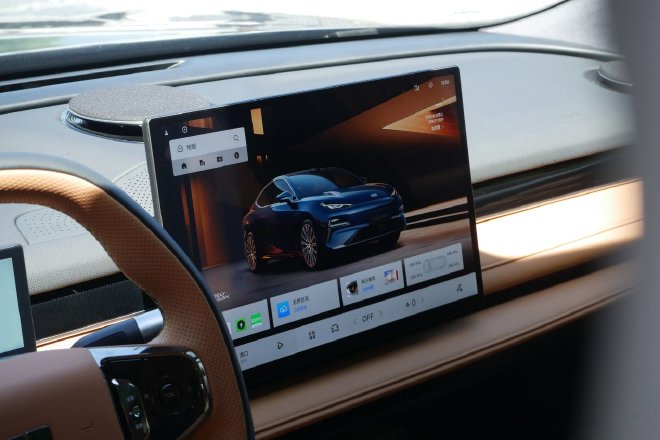Today, we test drive the Geely Galaxy Star 8 EM-i. The official launch is set for May 9. Before the launch, we analyzed the car statically and took the Geely Galaxy Star 8 EM-P for a dynamic test drive. We have experienced this vehicle multiple times. What’s different this time?
This test drive features the EM-i version of the Galaxy Star 8. The pre-sale information reveals seven configurations, with five being EM-i. Only the top two configurations are EM-P. Therefore, the EM-i will be the more mainstream choice. The EM-i focuses on economy, while the EM-P leans toward performance. To highlight the fuel efficiency of the Galaxy Star 8 EM-i, we included a fuel-saving experience in this test drive. Before we dive into the official test drive content, let’s outline some key points about the Galaxy Star 8 EM-i: The new car targets the large new energy sedan segment. Its length exceeds 5 meters, measuring 5018 mm. All configurations feature a plug-in hybrid power system, with EM-P and EM-i options. The main difference between EM-i and EM-P lies in the engine and transmission. The EM-i has a 1.5L naturally aspirated engine paired with a single-speed DHT. In contrast, the EM-P combines a 1.5T engine with a 3-speed DHT. Although the EM-i lacks the power specs of the EM-P, it still performs well, delivering a total output of 257 kW. For electric range, the EM-i version offers two options: 60 km and 130 km. Overall, the EM-i will be the main selling power version of the Galaxy Star 8. The core difference is that the EM-P features a 3-speed DHT and a 1.5T engine, while the EM-i has a single-speed DHT and a 1.5L naturally aspirated engine. Although the multi-speed DHT is superior, the single-speed EM-i is more affordable, with a pre-sale starting price of only 133,800 yuan (18490$), making it quite tempting. A brief analysis of EM-i and EM-P.
The Galaxy Star 8 series features a plug-in hybrid system. It offers two options: EM-i and EM-P. Both options emphasize fuel economy. The EM-P includes a three-speed DHT. This allows the engine to engage more freely across a wider speed range. It can operate at lower speeds and has a dedicated high-speed gear. This setup enhances power delivery and reduces high-speed energy consumption. The EM-P uses a 1.5T engine, which delivers more power than the 1.5L naturally aspirated engine in the EM-i.
The EM-i features a single gear. It uses a 1.5L naturally aspirated engine. Don’t worry about its power reserve. The plug-in hybrid system compensates with an electric motor. The engine produces 79kW. The motor delivers 175kW. The total system power reaches 257kW. The Galaxy Star 8 EM-i we tested accelerates from 0 to 100 km/h in 7.9 seconds. This performance is impressive for a family car under 200,000. It feels stable and substantial.
The first impression of driving the vehicle is its size. This car measures 5018×1918×1480mm and has a wheelbase of 2928mm. These dimensions are comparable to the Audi A6L. The car feels stable on the road. Its suspension is well-tuned. It gives a strong sense of weight.
It has a curb weight of nearly 1900 kg. The shock absorber damping and spring rates are likely high. It feels stable when cornering and changing lanes. The body and suspension remain firm. It handles the bumps of Beijing’s Fourth Ring Road quickly. However, with its focus on stability and weight, it lacks some agility.
The power reserves and acceleration feel strong. There is no doubt. In the era of new energy, these new cars rarely lack power to meet average consumer needs.
You don’t need to worry about smoothness. The experience feels seamless. The power output remains controlled. The throttle response matches the suspension style—steady and reliable.
In terms of fuel economy, the editors drove with a relatively economical style during the fuel-saving segment. They covered a route of about 89 km at an average speed of 34 km/h. The displayed fuel consumption was 2.4 L/100 km. Some achieved even more impressive results, going below 2 L/100 km. While this loses practical relevance, it indicates the car’s upper limit in extreme fuel efficiency. Based on personal experience, daily driving should keep actual fuel consumption between 3-4 L/100 km with ease. Static Review Regarding the static aspects, we have experienced them multiple times before. A quick recap will suffice.
The exterior features Geely’s “Ripple Aesthetics.” It has a large size, measuring 5018mm in length. The paint quality is good. Reports say the average thickness of the clear coat reaches 55μm. This improves gloss and protects the internal color layer.
The side lines are smooth and dynamic. The rear features a popular fastback design. The second row comes with privacy glass. The rear design appears full.
The rear of the car is also full. The tail lights have a three-dimensional shape. The official name is “Rising Sun.” The car features many youthful elements. It has hidden door handles and frameless doors.
The interior design is simple. It features a two-spoke steering wheel and a floating central control screen. The layout forms a T-shape. In today’s market, this design is standard. The highlights include the quality of materials and craftsmanship. The attention to detail is impressive. The overall feel is both upscale and luxurious.
The central control screen measures 15.4 inches. It features the Flyme Auto smart cabin system. The chip is the automotive-grade Long Eagle One Plus, built on a 7nm process. It has 16GB of RAM and 128GB of storage. The overall smoothness is excellent. Users find it easy to operate. The UI and menu logic match mainstream smartphones and tablets. It includes small window mode, Smart Bar, and DOCK bar designs. Users can operate high-frequency applications on the same screen. In summary, the test drive route remained in the city. It focused on low-speed scenarios and fuel efficiency. In these conditions, the Galaxy Star 8 EM-i displayed good comfort. NVH control performed well. The fuel consumption at low speeds was impressive. Many plug-in hybrids exist in this price range. However, few mid-to-large plug-in sedans like the Galaxy Star 8 are available. Its ultra-low fuel consumption, over 5-meter length, and price around 100,000 create a unique niche for the Star 8. We look forward to its official price and sales performance after launch.
